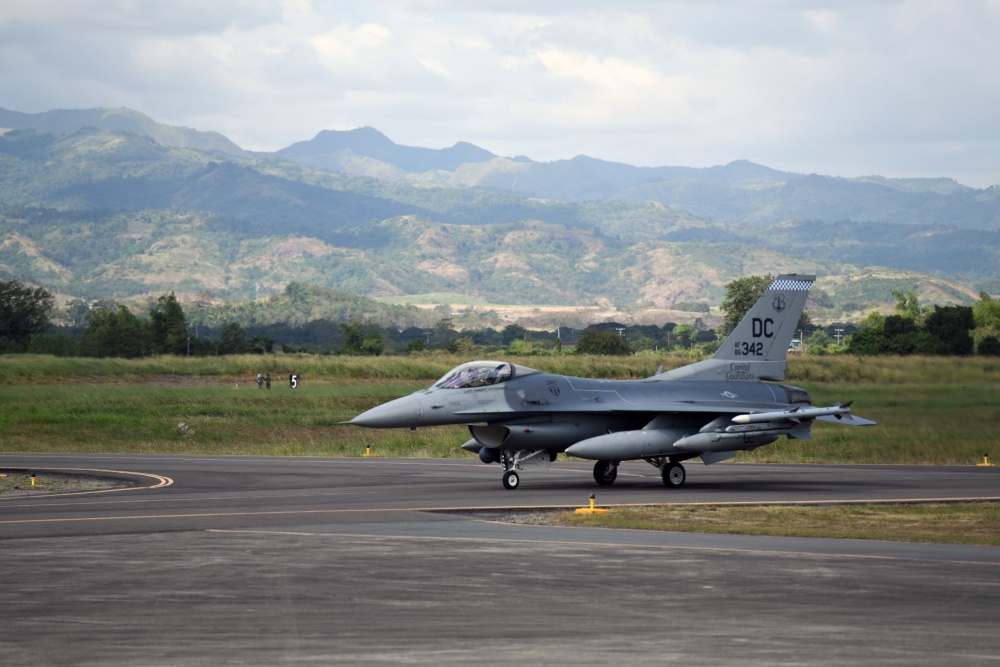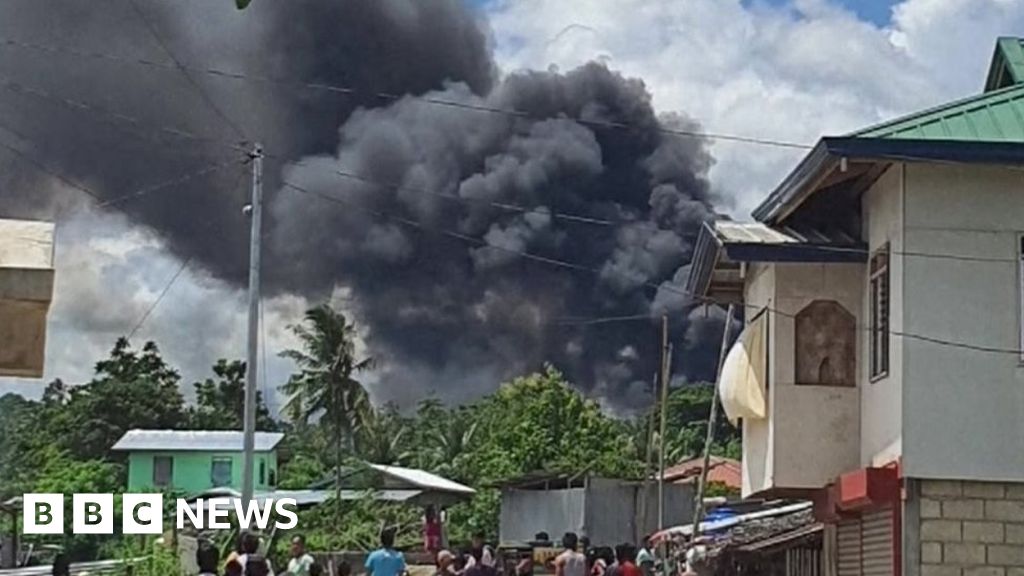Providing context to crashes & taking note of the lack of a GSOMIA — Part 1
1. The worse enemy of a Pinoy seems to be another Pinoy, given the illogical stance taken by some in the Philippines, with regard to the latest crash of a C-130 in Patikul, Sulu — at an organisational level the PAF seem to be unable to raise, train and sustain their fleet of C-130s. Air crash investigations take time to complete and at an organisational level the PAF must institute change, after the findings are released. The past refusal to release findings avoids embarrassment but this secrecy ensures the institutionalisation of organisational incompetence.
2. I find the statement on allegations of defective equipment being purchased and used by the AFP, as grossly inadequate and lacking in comfort that the same cycle of crashes will not repeat itself. Let me quote the statement by Delfin N. Lorenzana, as Secretary of the Department of National Defense:
“We are currently focusing our attention on the rescue of the survivors of the C-130 crash and all available resources of the AFP are being utilized for the ongoing search and retrieval operations. With the investigations of the past mishaps still ongoing, such speculations are as of yet baseless and disrespectful to the affected men and women of the Philippine Air Force, AFP and their families.”
Even with ex RAAF purchase and some refurbishment (5 if reading TNI-AU sites) of C-130B to H standard, the inventory only can make two full squadron (12 each) consists of Refurbished C-130B, C-130H and L100-30. All being standardise to H for common logistical.
Thus TNI-AU that wants to have 3 sq of C-130, with two consists if C-130H and 1 C-130J, has to be realistics on how to acquire those J. Just like Philipines, buying second hand assets also become Political weapon (thus in the end bargaining). While in same time used C-130J begin to enter the market (mostly ex RAF).
3. Indonesia, through her foreign minister, as leader of ASEAN, sends her condolences for the loss of #5125, the C-130 that crashed, to the Philippines, while at the G20 meeting.
(a) I hope the Pinoys will learn from Indonesia’s best practices in C-130H fleet management. To be competent, an air force needs a minimum size. Instead of acquiring a small number of each platform, the Pinoys need to focus resources on core and basic competencies — especially to train and sustain any existing platform, instead of making do.
4. Each day, hundreds of thousands of supporters—both paid and unpaid—take to social media to proselytize Duterte’s deadly gospel. They rotate through topics like corruption, drug abuse, Australian and U.S. interference, and post links to hastily cobbled-together, hyper-partisan web sites at all hours of the day and night. Though social media is designed to make each user appear to be a unique individual whose views are their own.
(a) The Duterte troll army’s cohort stick exclusively to Duterte talking points, without any of the cat GIFs, funny asides, jokes with friends, or other elements that populate most people’s feeds. Duterte has taken advantage of this media landscape. Online trolls can earn up to US$2,000 a month creating fake accounts on social media, and then using those “bots” to flood the digital airwaves with pro-Duterte propaganda.
(b) According to Affinio, a social media analytics firm, a staggering 20% of all Twitter accounts that mention Duterte are actually bots. Thanks in part to this constant thrum of pro-Duterte messaging, the president has maintained an approval rating of more than 80%.
(c) As a citizen living in ASEAN, I support the logical and reasonable — technical competence is not acquired overnight and change must be instituted at an organisational level — if there is no local competence, they need to be humble enough to seek it abroad. As Trevor Norris on a well followed Philippines defence Facebook page wrote:
“Hi Max,
I write to you regarding my concerns over the operational proficiency, training deficiencies and more importantly cultural attitude of the PAF that has resulted in the loss of so many lives today.
We have seen an increase in the number of accidents and fatalities in PAF operations in recent years. The last 18 months has been a particularly dark and costly period for loss of life and assets.
The PAF, DND and Goverment have been quick to blame the aircraft. But, aircraft are machines. Inanimate objects that do what pilots tell them to do and break if we do not maintain them properly.
The 2 most recent tragic losses counter the usual blaming of the machinery. A brand new Blackhawk a few months old and now a C130 fresh from overhaul and in service for only 6 months. It's not the aircraft and we can also assume maintenance error or mechanical failure are not causal factors here.
The common factors:
PAF training
PAF proficiency
PAF culture
We need to find a vehicle to ensure full and thorough investigation, evaluation and corrective actions are initiated to address ALL these PAF accidents over at least the last 18 months. To determine the causal factors and to address those issues to prevent a recurrence of these accidents (not mishaps).
You have a platform to urge those investigations to take place and to do so would be making the lives of all those who fly in AFP aviation assets safer.
Please do it.
If I can offer you assistance, I stand ready to do so.
Trevor Norris
ATPL(H)
Former Chief Helicopter Test Pilot Boeing Australia
Quality Manager Boeing Australia
Avionics Engineer Crosstrade Engines & Airframes
Aviation Professional”
5. This effort at intra-ASEAN goodwill and condolences is acknowledged by the Pinoys; if the organisational expertise does not exist in the Philippines, they should send technical officers abroad on secondment (within ASEAN, from Australia, or with their US ally) to gain or learn from others to avoid continued crashes of perfectly good aircraft. This inability to learn from others hinders progress, even if an advanced or modern platform is acquired.



